10 Urban Legends That Actually Turned Out to Be True
From creepy encounters to unbelievable stories, these 25 urban legends aren’t just myths—they’re based on real events that will leave you questioning what you thought you knew.
#1
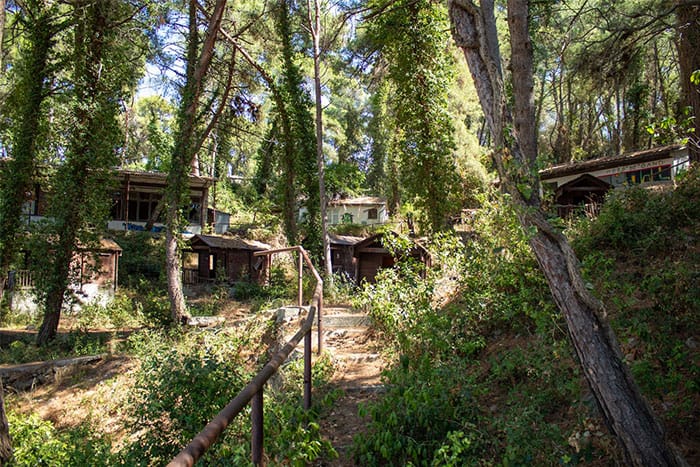
Image source: MLockeTM, Karel Mistrík/unsplash (not the actual photo)
There used to be a wealthy hippy commune in the woods near my town back in the 60s. They were extremely rich but lived a very unconventional lifestyle—think drum circles and, well, a lot of substances.
One day, they just… vanished. Left their compound overnight without a trace. No one knew why. Theories ranged from a drug raid to something much darker, like a murder.
Most people don’t believe the story anymore, or they think it was just some eccentric guy living alone and the legend grew out of proportion. But I know it’s real, because I’ve been to the compound.
A few years back, I noticed a weird overgrown road while driving past the area for work. It wasn’t on Google Maps. I decided to take my lunch break there and check it out.
The place was massive—stables, several large houses (though they were pretty caved in). Inside, it was like no one had ever left. Everything was just as it had been back in the day: furniture, dishes, clothes, magazines. It was like someone had walked out for a quick errand—just, you know, minus 30+ years of mold and moss.
There wasn’t a single car in the garages, though.
Edit: I see people are curious, so I’ll try to find the photos I took on my old phone (I have to dig through a barn to find it first). No promises, but if I can recover them, I’ll post them—assuming there’s anything left that’s not corrupted.
Edit 2: Update—found the phone and charger from back then. Left it charging for 12 hours, but it didn’t power on. Tried plugging it into my computer, but no luck. Now it’s sitting in rice for a second attempt. I can’t remember if the photos are stored in the phone’s memory or the SD card, but the only thing I’ve got to slot the card into is this phone. So here’s hoping the rice trick works.
#2

Image source: Temporary_Detail716, KamranAydinov/freepik (not the actual photo)
The Great Potato Salad Massacre of 1976. It happened in a small town in Alabama, smack in the middle of July. The temperatures were soaring, and it was time for the Southern Baptist Church’s summer picnic. One husband, not knowing any better, placed the potato salad in the trunk the night before—completely unaware it needed refrigeration. The next day, he brought it to the picnic and put it on the food table. After all, these were Southern Baptists.
An hour later, it was chaos. The men were playing softball, the women were swapping pie recipes, and the kids were swimming in the pond. But then… the explosion. Gastrointestinal disasters began erupting in everyone who had eaten that potato salad.
The massacre isn’t about the aftermath in the typical sense—it’s about what happened in their britches and what went down in the outhouses. Those lucky enough to get there in time had a chance to survive the devastation. The rest of the folks were left scrambling, desecrating bushes, trees, or even their own car seats as they desperately tried to make it home.
How do I know this is true? My grandpa was the one who brought the potato salad to the picnic. He didn’t eat any himself, but he’s never lived it down. My grandma never lets him forget it, especially since they were excommunicated from the church after the whole thing went down.
#3

Image source: Frankie_Monster, Ryan Stone/unsplash (not the actual photo)
Christopher Thomas Knight was the stuff of urban legend in Maine—a mysterious figure who was rumored to live deep in the woods, sneaking around people’s summer cabins, taking what he needed without ever being seen. For years, people whispered about him, calling him the “North Pond Hermit.” But no one knew the truth… until 2013, when Knight was finally captured after having lived alone in the wilderness for a staggering 27 years.
His story defied belief: he had survived without human contact, relying on stealing food and supplies from nearby cabins, but never once engaging with another soul. When authorities finally caught up with him, it was like a living ghost had emerged from the forest, confirming that sometimes, urban legends are far more real than we ever imagine.
#4

Image source: Gyal_Cup, Charlotte Butcher/unsplash (not the actual photo)
For years, a chilling pattern emerged in Toronto’s gay village—gay men were going missing, vanishing without a trace. The community feared it was the work of a serial killer, but the police insisted the disappearances were unrelated, and there was no cause for alarm.
However, the truth was far more terrifying. It turned out that the man responsible for the killings was a groundskeeper and landscaper. He had been targeting gay men, luring them in, then dismembering them and burying their remains in and around the properties he worked at. The horrors were far worse than anyone imagined, as the disappearances were, in fact, part of a deadly pattern.
#5
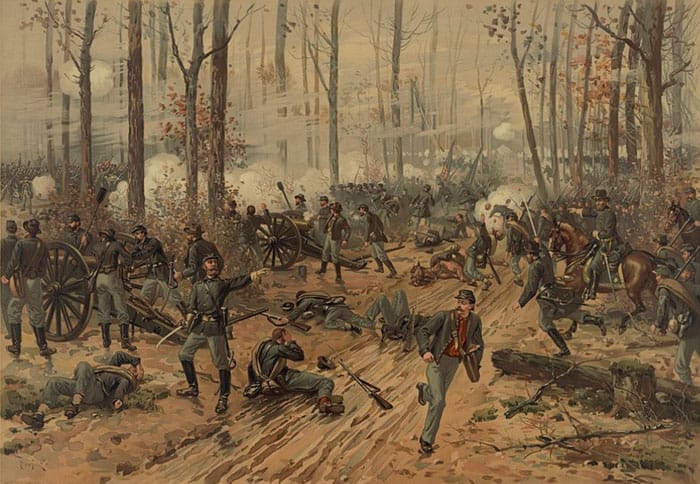
Image source: azsoup, L. Prang & Co. (not the actual photo)
After the Battle of Shiloh, a strange phenomenon was reported—wounded soldiers were said to glow with a bluish-green hue. Many of those who exhibited this eerie “Angel Glow” seemed to recover miraculously from their wounds, leading some to believe it was a divine intervention, with angels healing the soldiers.
Decades later, researchers uncovered a more scientific explanation. The battlefield, it turns out, was teeming with a bioluminescent bacterium known as Photorhabdus luminescens. This bacteria, which thrives in soil and was present in the area, emitted a glow and actually played a role in promoting the healing of wounds. The mysterious glow wasn’t a celestial sign—it was nature’s own biological remedy at work.
#6
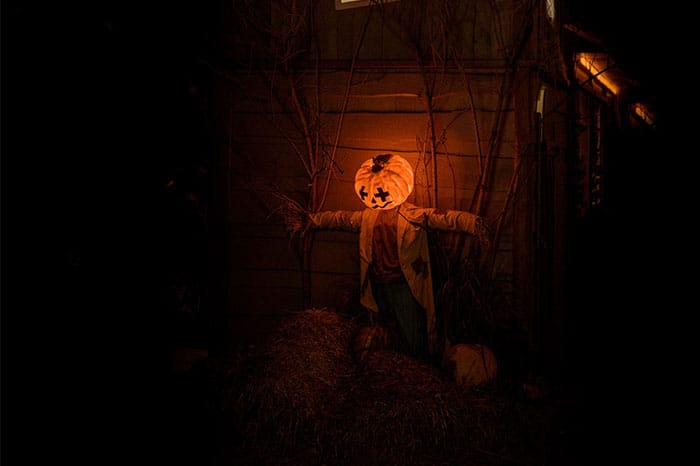
Image source: Alternative_Fill2048, Annie Spratt/unsplash (not the actual photo)
The story of the “Funhouse Mummy” is one of the eeriest and strangest in history. Elmer McCurdy, a notorious bank and train robber, was killed in a shootout in 1911. His body was embalmed and put on display as a curiosity, eventually going on tour and even being featured in a few films. For decades, McCurdy’s body became a macabre attraction—until it mysteriously disappeared in the 1960s.
In an unbelievable twist, McCurdy’s remains resurfaced in the most unexpected place: a funhouse. The body had been used as a prop, and when a crew was preparing to film an episode of The $6 Million Dollar Man, they were removing mannequins from the set. It was only when an arm fell off one of the figures and a bone was exposed that the truth was revealed. Police were called, and McCurdy’s body was finally identified.
In the end, McCurdy’s remains were buried properly in Guthrie, Oklahoma, bringing an end to his bizarre and twisted journey as an unwitting sideshow attraction.
#7
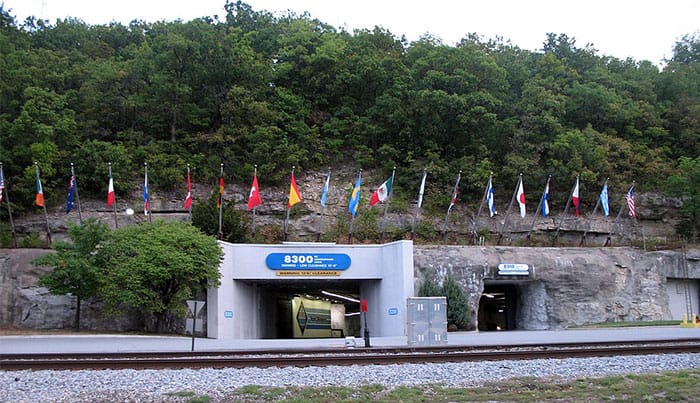
Image source: Sensitive-Chemical83, Americasroof
The Subtropolis, an underground city beneath Kansas City, was long thought to be nothing more than a rumor—an urban legend—until the 1970s, when it finally became known to the public. Even today, it still surprises people, including those who’ve lived nearby their entire lives.
What lies beneath the city is an expansive, mostly man-made cave system that started as a government facility. Although the exact dates of its construction remain unclear, parts of it are still guarded by the military. In 1947, the facility was sold to a mining company. Rather than collapsing the tunnels for strip mining, they chose to expand them. By the 1960s, the Hunt family—billionaires from Texas oil, also owners of the Kansas City Chiefs—bought the facility and spent a decade developing it.
In the 1970s, the Hunts began renting out warehouse and office space, and the underground complex transformed into a bustling hub for businesses. Today, much of it is used for warehousing, but there are still a handful of businesses operating in the underground city. Visitors can even drive through parts of the Subtropolis, though it costs a small fee.
The scale of the facility is astounding—1,100 acres of underground space, with tunnels so vast and winding it’s easy to get lost. It’s a surreal experience to realize just how far beneath the surface you can go. It’s a strange, unsettling glimpse into a hidden world right under Kansas City.
#8

Image source: KentuckyFriedEel, Alejandro Hikari/unsplash (not the actual photo)
You’ve probably heard the story that E.T. the Extra-Terrestrial for the Atari 2600 was so bad it single-handedly crashed the entire video game industry, with all the unsold cartridges dumped in a landfill in New Mexico. While that makes for a great tale, it’s not entirely true. The game was flawed, sure, and it didn’t live up to expectations, but it wasn’t the sole cause of the 1983 video game crash. There were multiple factors at play—over saturation of the market, poor-quality games, and the collapse of the home console market, to name a few.
However, there is some truth to the legend. In 2014, an excavation project uncovered the New Mexico landfill site, where many E.T. cartridges were indeed found. But it wasn’t just E.T.—there were also dozens of other unsold Atari games, many of which were later auctioned off for charity. While the crash wasn’t solely due to that one game, the landfill discovery became an iconic moment in video game history, adding a bit of truth to the myth.
#9
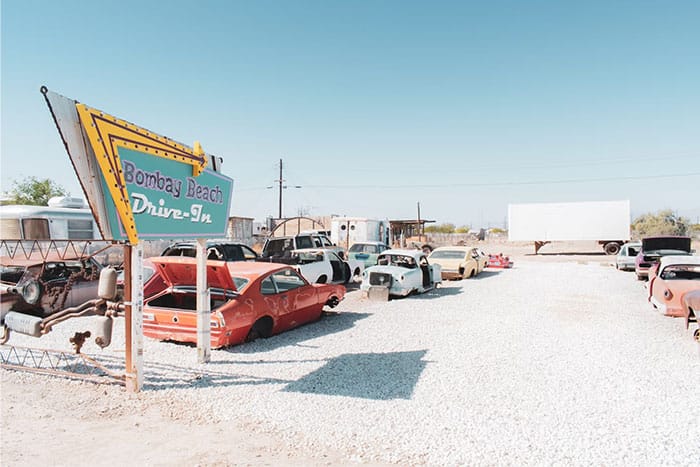
Image source: SimonCallahan, Josh Sanabria/unsplash (not the actual photo)
I always bring this one up because it’s so famous it actually got a Snopes page back in the late ‘90s.
There’s a drive-in near where I live, and in 1996, that drive-in was hit by a tornado. The true part? The tornado just so happened to go through a screen that would’ve been showing Twister that night. That much is real.
Where things get distorted, though, is in the details that people love to embellish. I remember it being a big thing when I was a kid—lots of people claimed they were there when it happened. The most popular version of the story is that the tornado hit during the screening of Twister, with some claiming they even thought it was an elaborate special effect. But that’s simply not true. The tornado actually went through the screen during the day, long before the movie would have started. Since outdoor theaters operate at night, it’s pretty hard to believe anyone was watching a movie at that time, let alone mistaking a real tornado for a special effect.
Additionally, there were no reports of injuries or deaths. If a tornado was strong enough to destroy a screen at a drive-in, you’d expect at least some injuries, but the only report was of the damage to the screen.
So, to recap: True parts: – A drive-in was hit by a tornado. – The screen that was destroyed would have been showing Twister that night.
Untrue part: – The tornado hit during the actual screening of Twister.
#10
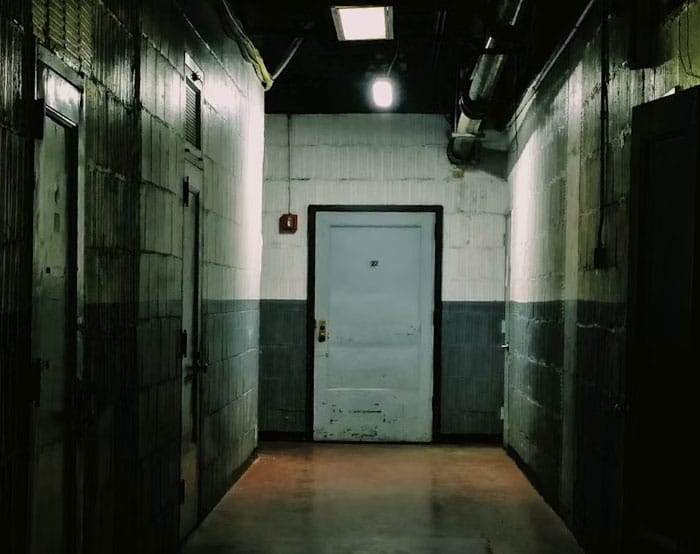
Image source: AwkwardBubbly, Andy Henderson/unsplash (not the actual photo)
There’s a local urban legend that a series of tunnels connect the universities, prominent buildings, and various spots in the downtown area of our city. It’s a story that’s been whispered about for years, with people speculating about the hidden passageways beneath the city.
My apartment is in an old house built by a wealthy businessman in the late 1800s, and I’ve got a bit of a spooky connection to the legend. Down in the basement of the house, there’s an entrance that seems to lead into the dark, sealed-off tunnel system. It’s creepy as hell—just a dusty, boarded-up doorway, but my landlord confirmed that, yes, that’s exactly where it leads. I don’t know if the tunnels still connect anything or if they’ve been forgotten over time, but knowing they exist right below me gives the whole place an eerie vibe.



